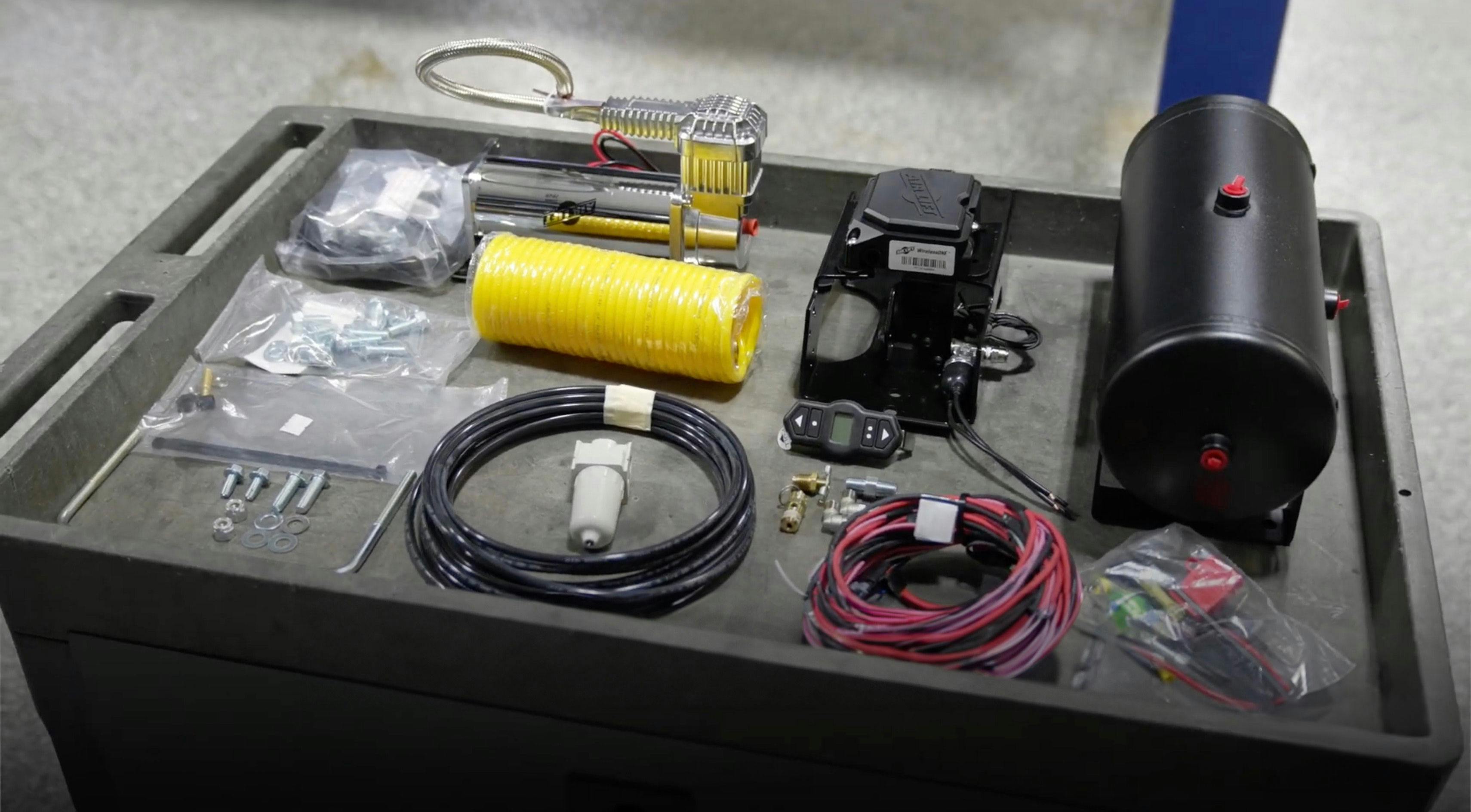
How To Properly Load A Trailer
12/23/2013
Whether you’re towing a cargo trailer, transporting a race car, or pulling a camping trailer, properly balancing the load and preparing the trailer and tow vehicle are critical for safe driving.
Placement of the load will determine the way the vehicle handles on the road.
One of the main causes of trailer sway is not having a large enough percentage of trailer tongue weight compared to gross trailer weight – Tongue weight should be 10- 15% of the overall trailer weight, with a 5th wheel going up to as much as 25%.
Loading a Trailer 101
- Load all top-heavy items first. This is particularly important because these items need to be securely tied down at several angles so that they do not fall over when there is a change in speed or direction, which would cause the trailer to dive or sway when cornering or braking.
- Place all heavier cargo in the front of the trailer, ahead of the trailer’s axle. This cargo must be centered left-to-right and firmly tied down to keep the load from shifting. Whether you’re towing a conventional trailer, a fifth-wheel, or a gooseneck, always adhere to this rule. Load the front of the trailer first, placing 60% of the weight forward of the front axle, with the weight evenly distributed side-to-side.
- Consider adding Air Lift air springs tot he rear of the tow vehicle. By adding air springs, you can eliminate the squat caused by loading the heavy weight forward on the trailer, improve headlight aim, improve overall handling and ride quality, prevent bottoming out, and control any sway or body roll you may experience.
Why Air Lift?
While stiffer steel springs are an option, they can’t give you the ride comfort of adjustable air springs.
Air Lift adjustable air spring kits allow infinite suspension adjustments, so you can cope with any load or road condition. Simply add air when towing or hauling heavy loads. then release the air for a smoother ride when unloaded.
For leaf spring vehicles, the adjustable air springs easily mount on top of the axles or leaf springs, and for vehicles with coil springs, the air springs easily fit inside the coils.
Before setting off on a journey, always remember that it is extremely important to ensure that your loaded trailer and tow vehicle never exceed the Gross Vehicle Weight Rating (GVWR) or the Gross Axle Weight Rating (GAWR) set by the manufacturer.
Happy towing!

